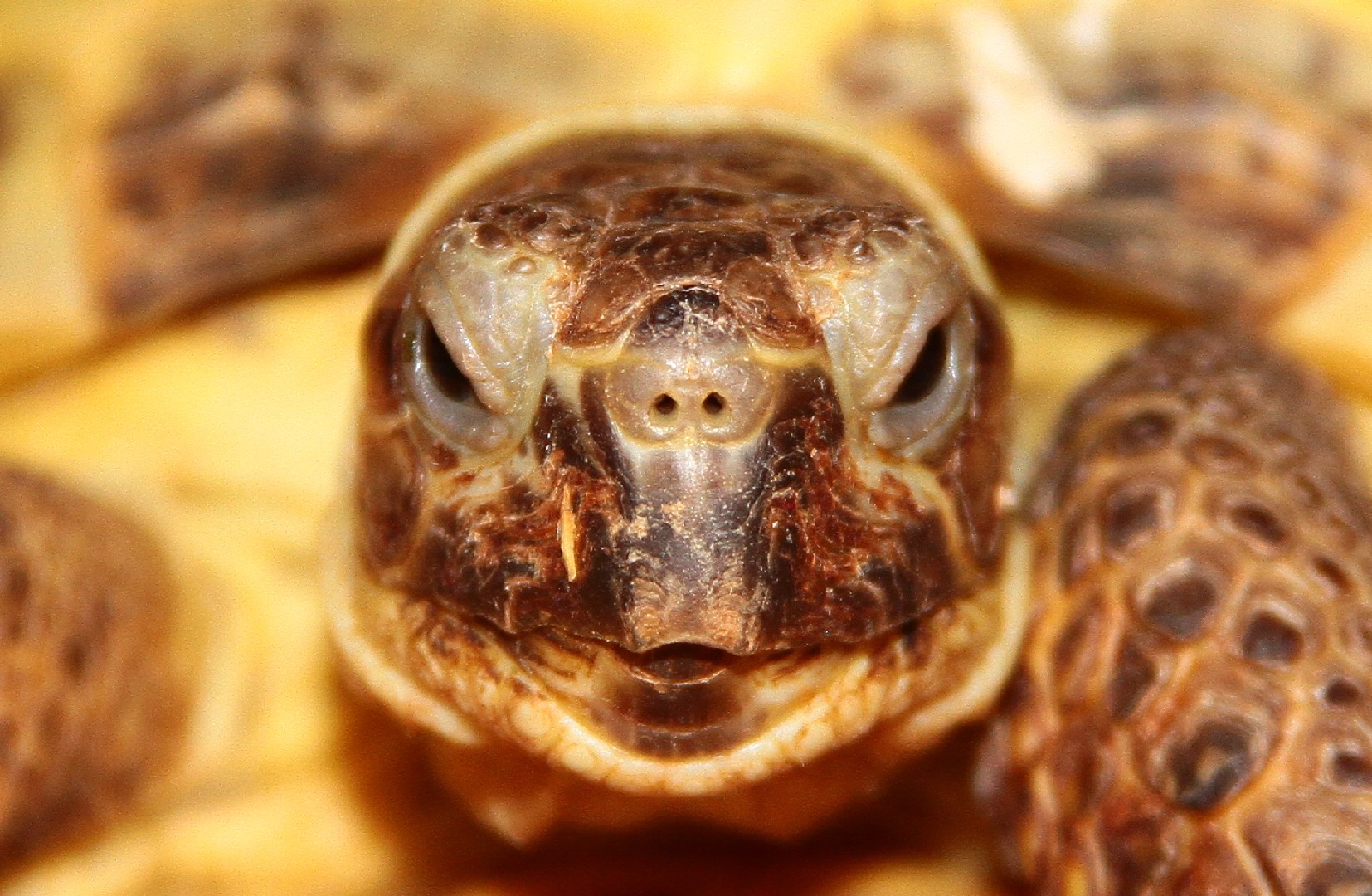Russian tortoise
A species of Mediterranean tortoises, Also known as Central asian tortoise, Four-clawed tortoise, Steppe tortoise Scientific name : Testudo horsfieldii Genus : Mediterranean tortoises
Russian tortoise, A species of Mediterranean tortoises
Also known as:
Central asian tortoise, Four-clawed tortoise, Steppe tortoise
Scientific name: Testudo horsfieldii
Genus: Mediterranean tortoises
Content
Description General Info
Description
The Russian tortoise (Agrionemys horsfieldii), also commonly known as Horsfield's tortoise, Afghan tortoise or the Central Asian tortoise, is a threatened species of tortoise. Human activities in its native habitat contribute to its threatened status.
General Info
Lifespan
40-50 years
Diet
Russian tortoise, commonly known as the Russian tortoise, primarily feeds on a variety of leafy greens. Its diet often includes dandelion leaves, clover, kale, and endive. Additionally, it enjoys consuming succulents and certain fruits occasionally. An ideal diet for russian tortoise is high in fiber, and calcium but low in proteins and fats.
Appearance
Russian tortoise is a medium-sized tortoise with a robust, rounded shell, covered with heavy, textured scutes. Their color ranges from dark brown to yellowish. Often possessing a unique star-shaped pattern on their shell, these tortoises have strong, clawed feet and a stocky body. The males are distinguishable by their longer tails compared to the females. Notably, this species lacks visible ear openings or teeth.
Behavior
Russian tortoise is a predominantly solitary species, typically engaging in active foraging during dawn and dusk. This diurnal pattern allows for optimal thermal regulation. Unique to this species is its hibernation-like behavior, called brumation, crucial for survival in its naturally colder habitat. Generally non-aggressive, it rarely exhibits territorial behavior.
Scientific Classification
Phylum
Chordates Class
Reptiles Order
Testudines Family
Tortoises Genus
Mediterranean tortoises Species
Russian tortoise 